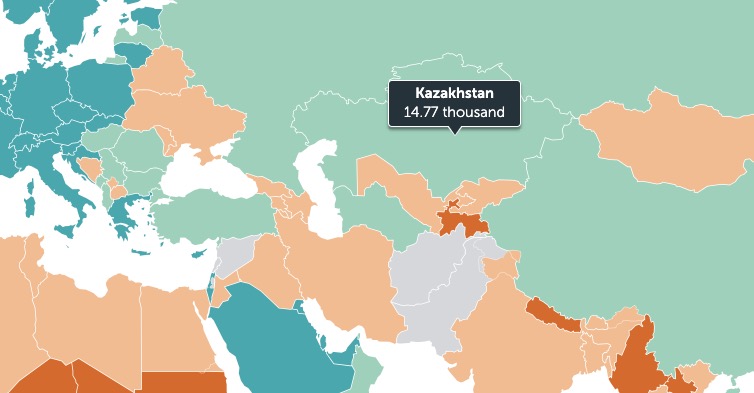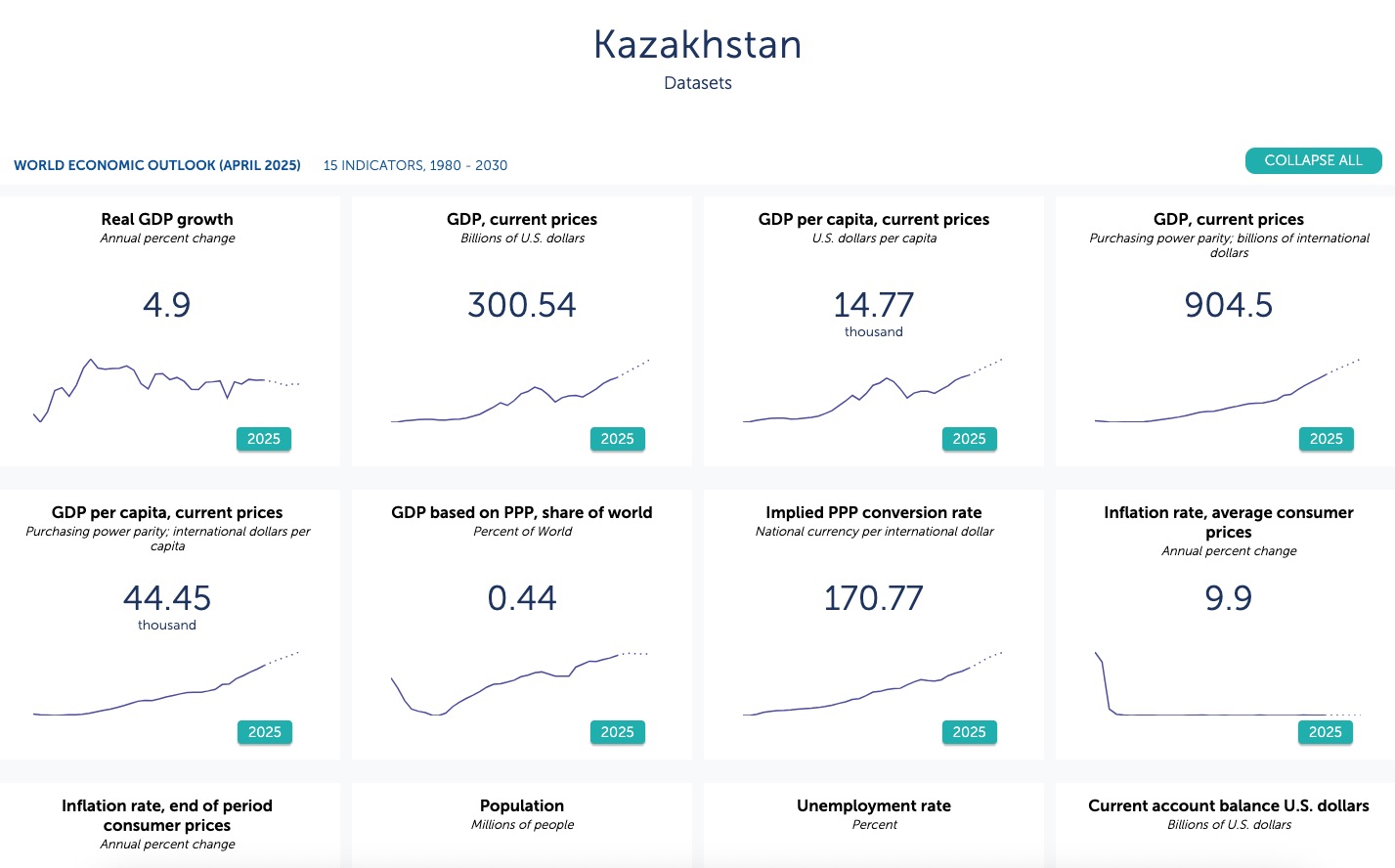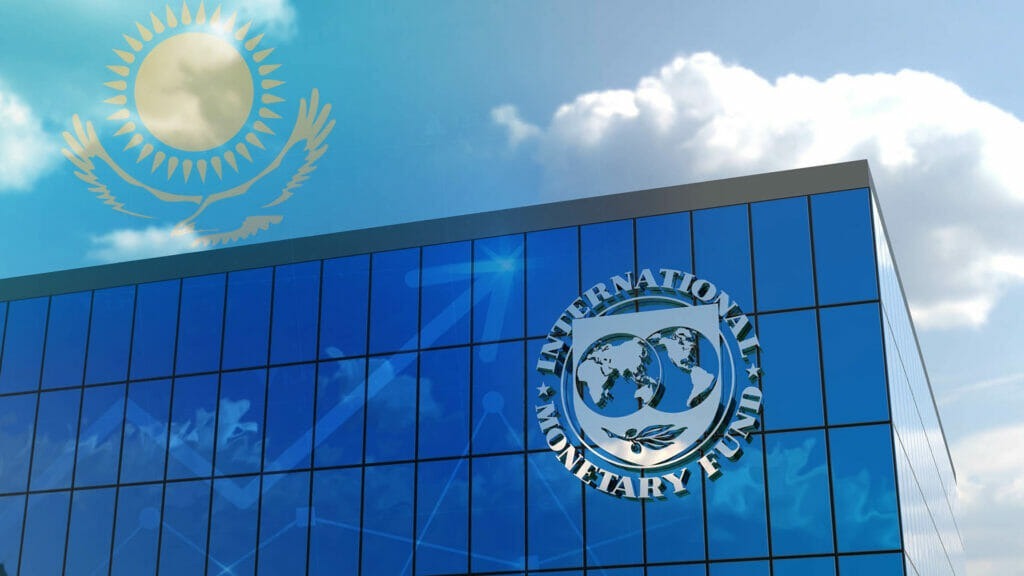Fresh figures from the International Monetary Fund have brought good news: in 2025, Kazakhstan has taken the top spot among all post-Soviet countries in GDP per capita at current prices. This isn’t just dry statistics - it’s a clear sign that the country’s economy is on a steady upward trajectory, DKNews.kz reports.

Leaders of the ranking: Kazakhstan ahead of Russia and even China
According to IMF calculations, in 2025 the average GDP per capita in Kazakhstan will reach $14,770. For comparison:
- Russia – $14,260
- Turkmenistan – $13,340
- China – $13,690
Further down the list, the gap becomes more pronounced: Georgia – $9,570, Armenia – $8,860, Moldova – $8,260, Belarus – $7,880, Azerbaijan – $7,600, Ukraine – $6,260, Uzbekistan – $3,510, Kyrgyzstan – $2,750, and Tajikistan – $1,430.

In other words, Kazakhstan has not only outpaced its neighbors but has also overtaken countries long regarded as economic heavyweights in the region.
How did Kazakhstan pull ahead?
Economic success is always the result of several factors working together - and in Kazakhstan’s case, there are a few key drivers.
1. Abundant natural resources
Oil, gas, uranium, and metals have long been the backbone of Kazakhstan’s economy. In recent years, however, the country has gone further, developing raw-material processing and boosting exports of high-value-added goods. This means Kazakhstan is not just selling resources, but earning more through deeper processing.
2. Reforms and investment
The government has been consistently improving conditions for business, attracting foreign investors, and modernizing infrastructure. New roads, logistics hubs, and transport corridors have made Kazakhstan an attractive location for international trade and production.
3. Investing in people
Funds are going not only into factories and highways but also into education, healthcare, and the social sector. This raises living standards and strengthens the domestic consumer market.
4. Strategic location
Sitting at the crossroads of Europe and Asia, Kazakhstan plays a key role in transport and trade networks. Participation in initiatives such as China’s Belt and Road opens new opportunities for business and investment.
5. Macroeconomic stability
Low inflation, a stable tenge, and a balanced budget all inspire confidence in the economy. Even amid global uncertainty, the country has maintained stability - a major plus for investors.
What does this mean for ordinary Kazakhstanis?
GDP per capita doesn’t reflect the income of every individual, but it does measure the overall health of the economy. A rising figure signals that more money is circulating in the country, businesses are expanding, and the state has more resources for social programs.
If this trend continues, Kazakhstan could not only cement its position as a regional leader but also join the ranks of countries with “above-average” economies on a global scale.
Today’s Kazakhstan is more than just rich natural resources - it’s ambitious reforms, openness to the world, and an emphasis on people. The IMF’s figures simply confirm what is already being felt: the country is confidently stepping up to a new economic level.








